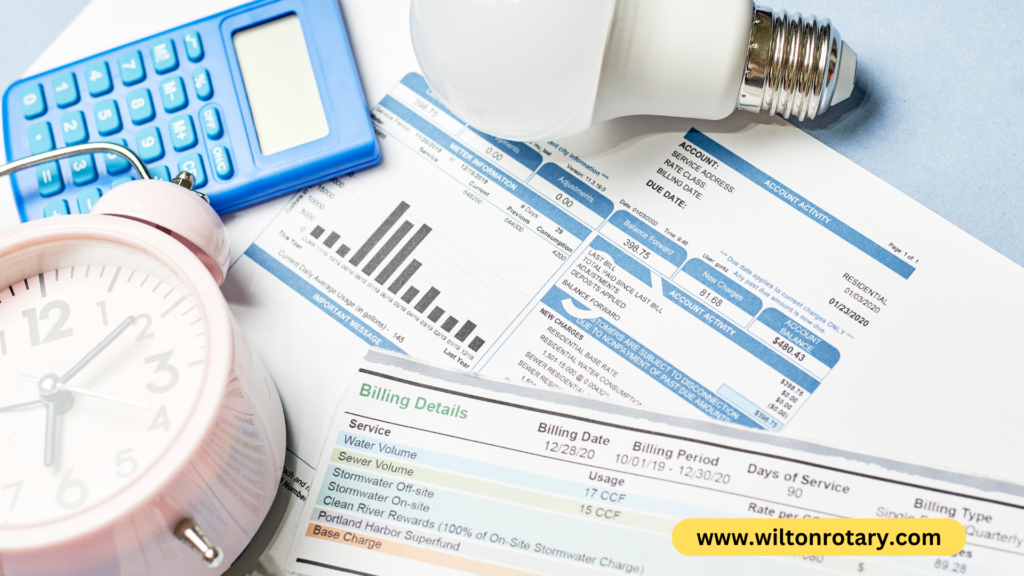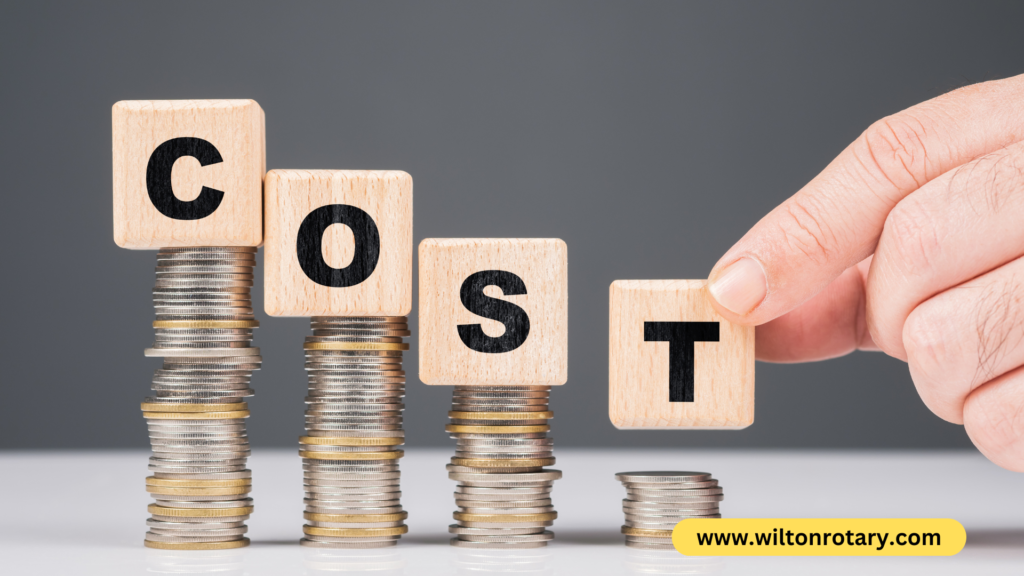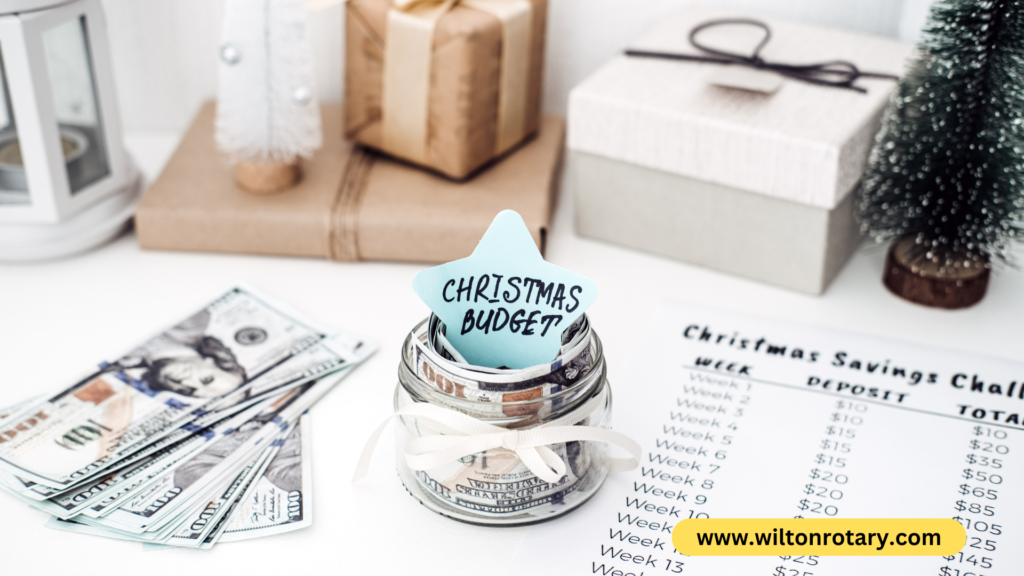We all know the importance of saving money, but actually doing it can feel like a daunting task. With the cost of living on the rise, finding creative ways to cut back on expenses is more crucial than ever. Luckily, there are plenty of strategies you can implement right now to start saving. Let’s dive into eight creative ways to save money that you can put into practice immediately.
Track Your Spending

Understanding where your money goes is the first step to cutting down on unnecessary expenses.
Use Budgeting Apps
Budgeting apps like Mint, YNAB (You Need A Budget), and PocketGuard can help you track your expenses and income seamlessly. These apps categorize your spending, set budget limits, and even send alerts when you’re nearing your budget cap. This way, you can make informed decisions about where to cut back.
Maintain a Spending Journal
If you prefer a more hands-on approach, keep a spending journal. Write down every purchase you make throughout the day. This habit makes you more aware of your spending patterns and can highlight areas where you might be overspending.
Reduce Utility Bills

Utility bills can be a significant monthly expense, but there are ways to reduce them.
Switch to Energy-Efficient Appliances
Investing in energy-efficient appliances can lead to substantial savings on your utility bills. Look for appliances with the Energy Star label, which indicates they use less energy than standard models.
Implement Smart Thermostat
A smart thermostat can automatically adjust the temperature in your home based on your habits, reducing energy usage when you’re not home. Over time, this can lead to significant savings on heating and cooling costs.
Shop Smarter

Changing the way you shop can have a big impact on your finances.
Use Coupons and Discounts
Always look for coupons and discounts before making a purchase. Websites like Honey, RetailMeNot, and Groupon offer various deals that can help you save money. Additionally, many stores have loyalty programs that provide discounts and rewards.
Buy in Bulk
Buying in bulk can save you money in the long run, especially for non-perishable items like toilet paper, paper towels, and canned goods. Warehouse clubs like Costco and Sam’s Club offer significant savings for bulk purchases.
Cook at Home

Eating out frequently can drain your wallet quickly. Cooking at home is a great way to save money and eat healthier.
Plan Your Meals
Meal planning can prevent unnecessary grocery trips and reduce food waste. Plan your meals for the week, make a shopping list, and stick to it. This strategy helps you buy only what you need and avoid impulse purchases.
Batch Cooking
Batch cooking involves preparing large quantities of food at once and storing portions for future meals. This approach saves time and money by allowing you to buy ingredients in bulk and use them efficiently.
Cut Unnecessary Subscriptions

Subscription services can add up quickly, often without you even realizing it.
Evaluate Your Current Subscriptions
Take a close look at all your subscriptions and determine which ones you truly use. Cancel any that are redundant or seldom used. This might include streaming services, magazines, or gym memberships.
Switch to Free Alternatives
For some services, there are free alternatives available. For example, many libraries offer free e-books and audiobooks, and YouTube has a vast range of workout videos that can replace a gym membership.
DIY for Home and Personal Care

Doing things yourself can save a significant amount of money.
Home Repairs and Maintenance
Learning basic home repair skills can save you from hiring professionals for minor issues. There are plenty of online tutorials that can guide you through simple tasks like fixing a leaky faucet or painting a room.
Homemade Beauty Products
You can make many beauty products at home with simple ingredients. For example, a mixture of sugar and coconut oil makes an excellent exfoliating scrub. This can save you money and allow you to avoid the chemicals often found in store-bought products.
Save on Transportation

Transportation costs can be another major expense, but there are ways to reduce them.
Use Public Transport
Public transportation is often cheaper than owning and maintaining a car. If it’s an option for you, consider using buses, trains, or subways to get around.
Carpool with Colleagues
If you drive to work, carpooling with colleagues can save you money on gas and reduce wear and tear on your vehicle. Plus, it’s a great way to reduce your carbon footprint.
Take Advantage of Cashback Programs

Cashback programs can be an easy way to save money on everyday purchases.
Credit Card Cashback Offers
Many credit cards offer cashback on certain categories of purchases. Make sure to use these cards strategically to maximize your savings. Just remember to pay off your balance each month to avoid interest charges.
Online Shopping Cashback
Websites like Rakuten and Swagbucks offer cashback for online shopping at a variety of retailers. Simply start your shopping trip through their portals to earn cashback on your purchases.
Embrace Minimalism

Adopting a minimalist lifestyle can lead to significant savings.
Declutter Regularly
Regularly decluttering your home can help you realize how much stuff you already have and prevent you from buying more. You can also sell items you no longer need, making some extra cash in the process.
Buy Only What You Need
Minimalism encourages you to buy only what you truly need, which can save you a lot of money. Before making a purchase, ask yourself if it’s something you genuinely need or just a fleeting want.
Grow Your Own Food

Growing your own food can reduce your grocery bill and provide fresh, healthy produce.
Start a Small Garden
If you have space, starting a small garden can yield a surprising amount of produce. Vegetables like tomatoes, cucumbers, and lettuce are relatively easy to grow and can save you money over time.
Use Container Gardening for Small Spaces
Even if you don’t have a yard, you can grow herbs and small vegetables in containers on a balcony or windowsill. This can still provide savings and the satisfaction of homegrown food.
Reduce Entertainment Costs

Entertainment expenses can quickly add up, but there are ways to have fun without breaking the bank.
Utilize Free Community Events
Many communities offer free events such as concerts, festivals, and outdoor movie nights. Keep an eye on local listings to find free activities.
Opt for Streaming Services
Instead of paying for cable, consider subscribing to a few streaming services. Many services offer a vast library of movies and TV shows for a fraction of the cost of cable.
Optimize Your Insurance Policies

Insurance is a necessary expense, but there are ways to reduce your premiums.
Shop Around for Better Rates
It pays to shop around when it comes to insurance. Get quotes from multiple providers to ensure you’re getting the best rate for the coverage you need.
Bundle Your Policies
Many insurance companies offer discounts if you bundle multiple policies, such as home and auto insurance. This can lead to significant savings over time.
Implement Money-Saving Challenges

Money-saving challenges can be a fun and effective way to boost your savings.
30-Day No Spend Challenge
In a no-spend challenge, you commit to not spending any money on non-essential items for 30 days. This can help you identify unnecessary spending habits and save money quickly.
52-Week Savings Challenge
In this challenge, you start by saving $1 in the first week, $2 in the second week, and so on. By the end of the year, you’ll have saved $1,378. This gradual approach makes saving feel more manageable.
Conclusion
Saving money doesn’t have to be a chore. By implementing these creative strategies, you can start cutting costs and building your savings today. Remember, every little bit helps, and over time, these small changes can lead to significant financial gains.





